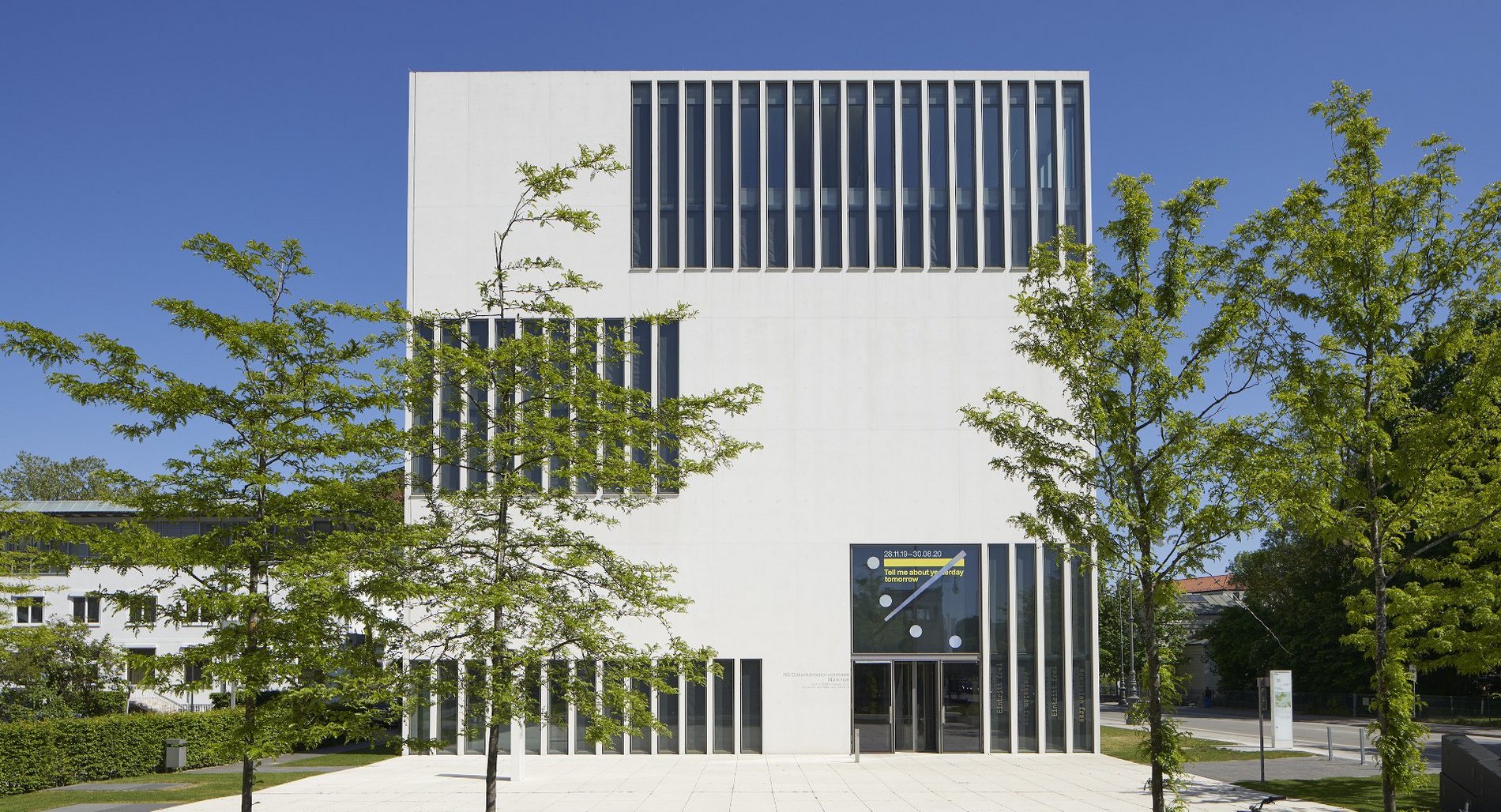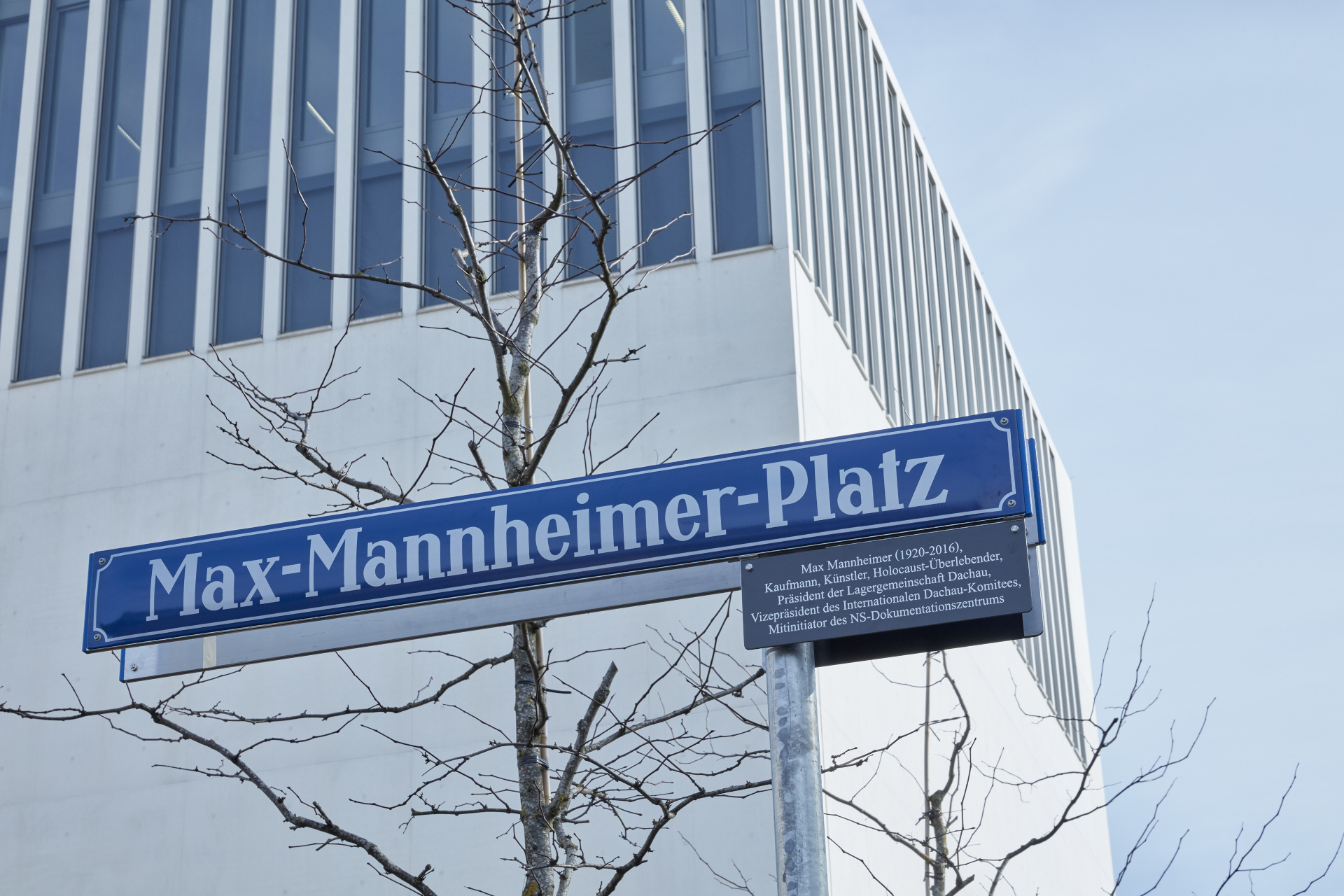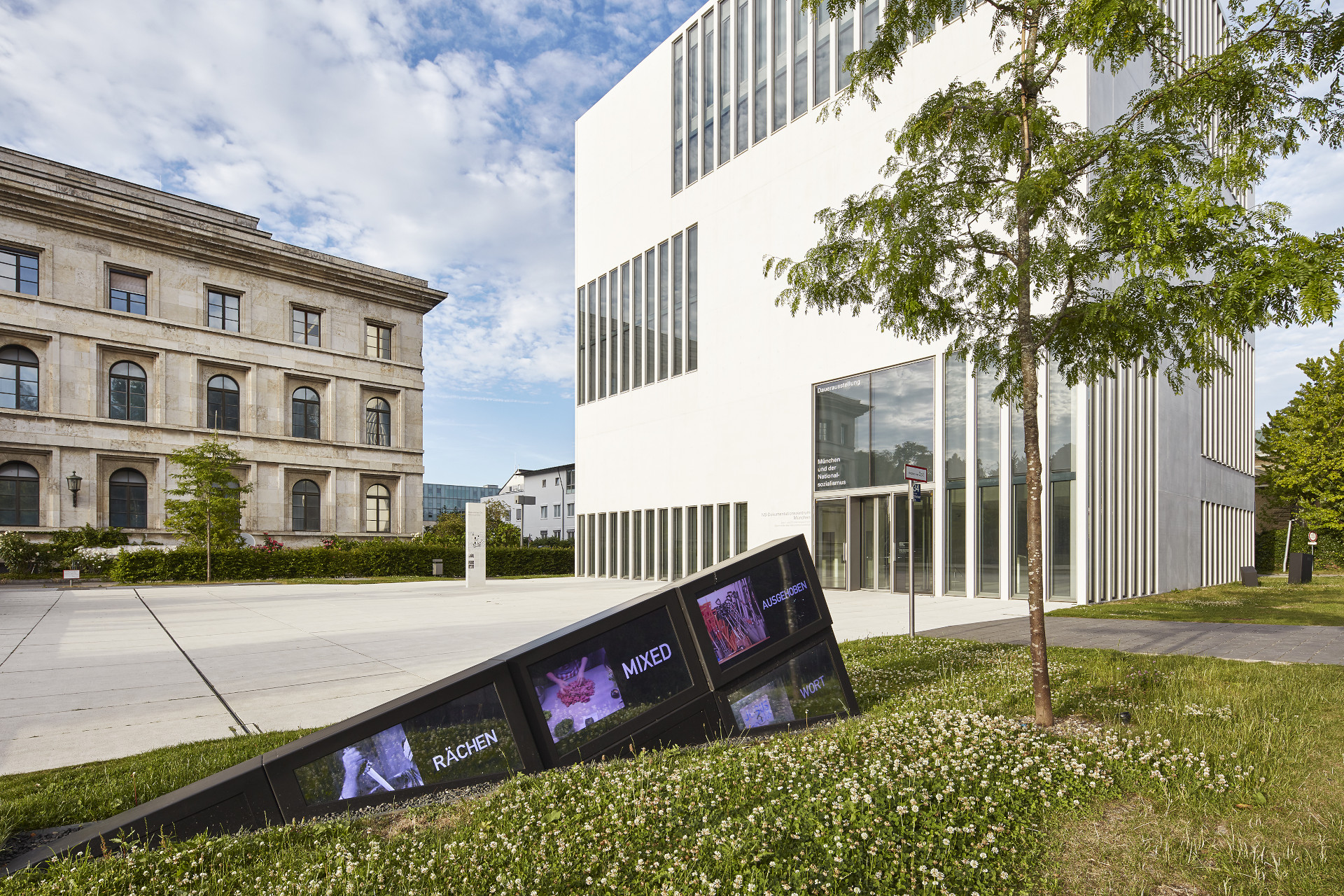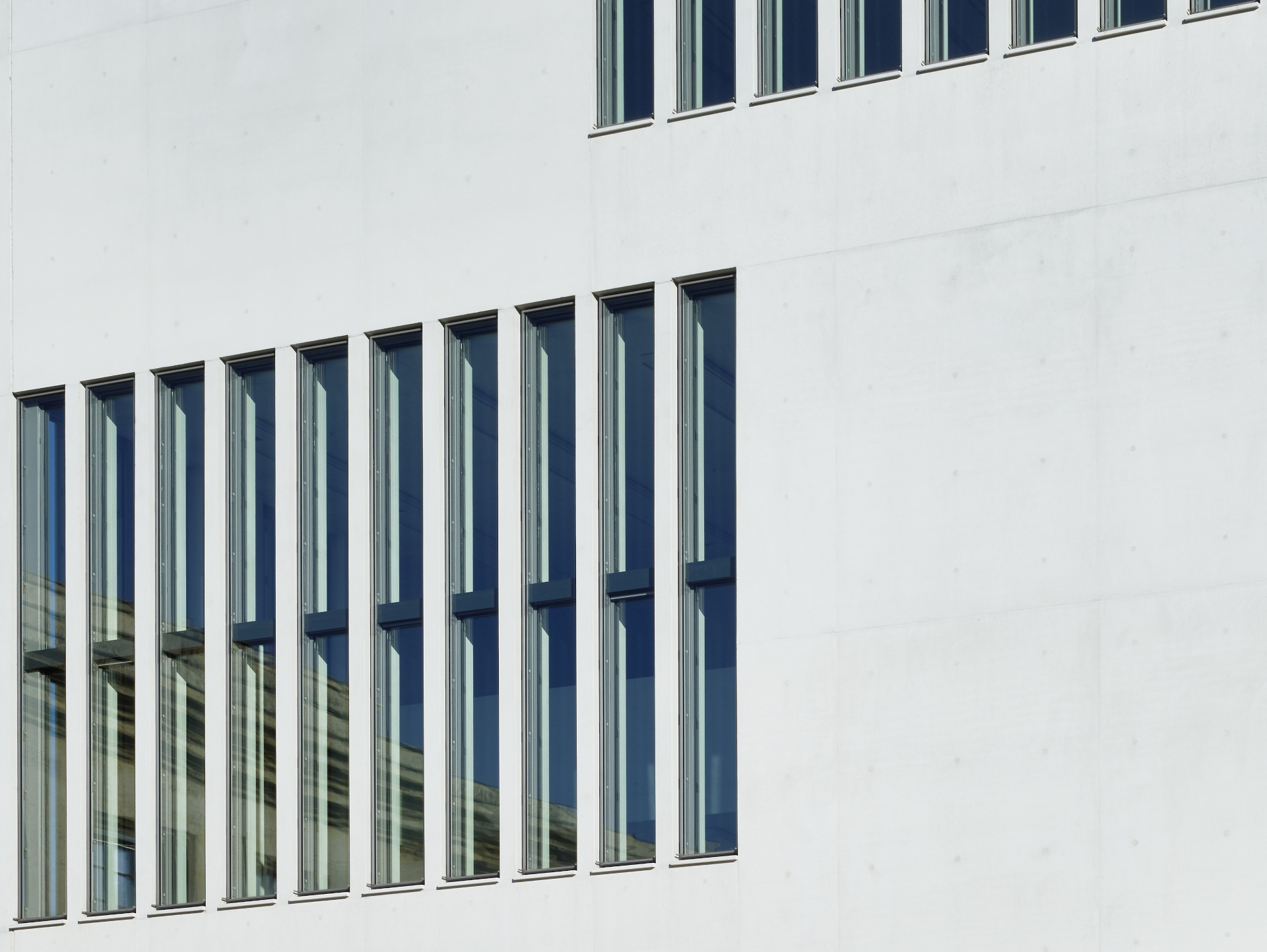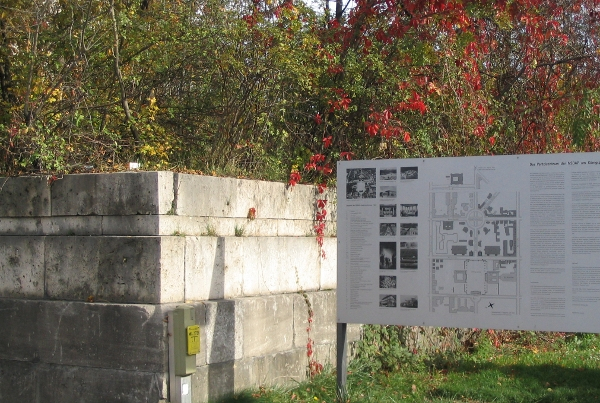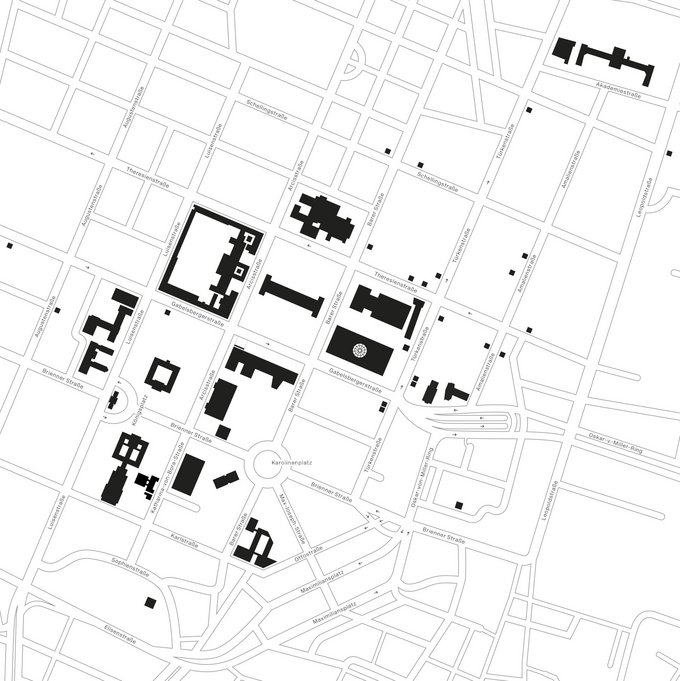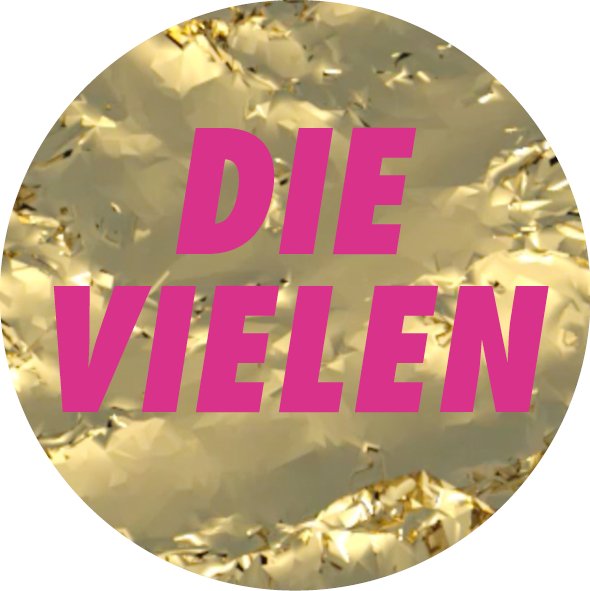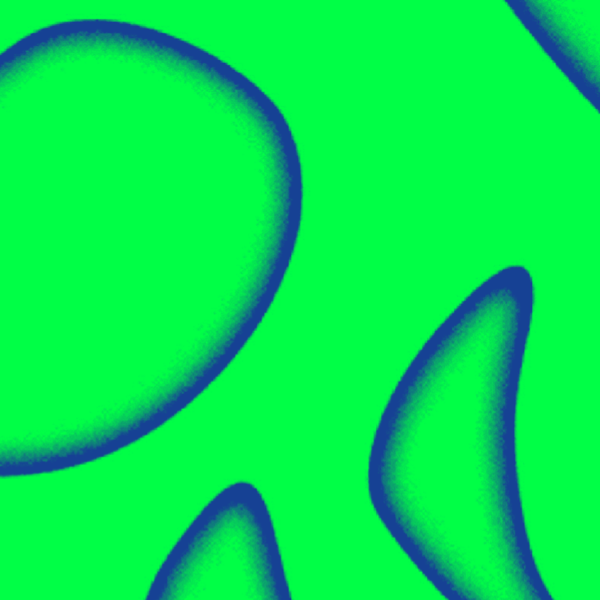About us
Our central concern is to use this historical perspective to take a critical look at the present and to ask questions that have a bearing on the future: What characterizes a strong democracy? What can weaken it? Where are minorities experiencing exclusion and persecution today? What values and what modes of behavior can sustain an open society based on a sense of solidarity? How do we want to remember the past?
The Documentation Center stages exhibitions, art interventions, events, and participatory projects. It also offers online programs, a Learning Center, and a library. Educational programs invite various target groups to address the history of National Socialism and its continuities into the present. In 2025 a memorial site devoted to the history of Nazi forced labor will open as an annex of the Documentation Center in the grounds of the former German Railways Maintenance Workshops in the Munich district of Neuaubing.


